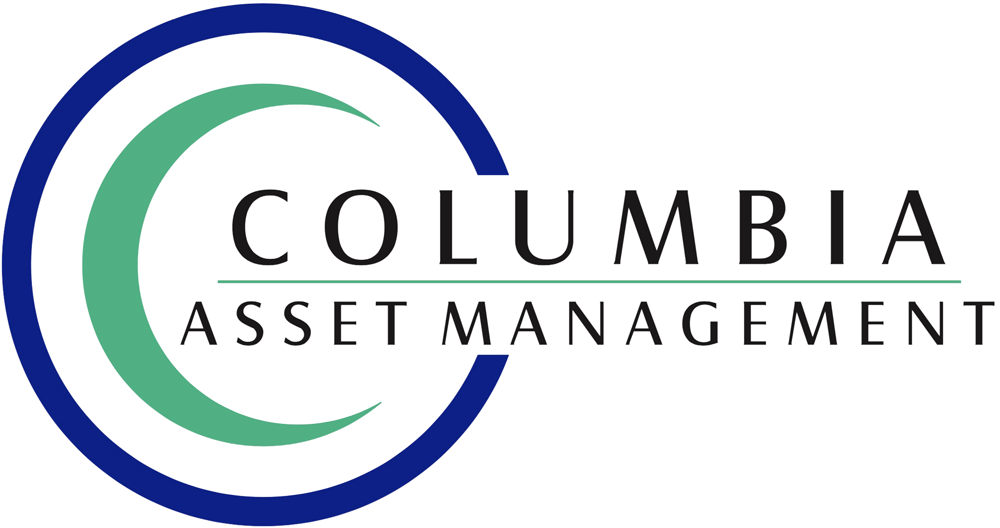
Human Behavior: Panic
The Colonial Pipeline’s hack in May seemed to create gas shortages all along the eastern seaboard. It turns out, there was never a shortage. Instead, simply the possibility of a shortage created panic buying that ended up looking like a shortage! Motorists, afraid of not being able to get gas, created their own problem.
Toilet paper shortages came about in a similar way during the early Covid days – hoarding took place which overwhelmed supplies. Of course, hoarding is much easier done with Charmin than gasoline. This ‘group mindset’ and behavior pops up from time to time in the form of panics or manias.
I believe crypto-currency is now in mania territory where prices are unreasonably high and not currently connected to reasonable valuation analysis. Crypto-currency prices have gone up, I believe, largely because they’ve simply been going up. It’s been a self-fulfilling prophecy, but these only go on so long. At some point, the music stops, attention moves elsewhere, and the prices usually end up finding their more rational level. I believe that rational price will likely be notably lower than today’s price (but I always keep in mind no one ever really knows).
Value Stocks to the Rescue!
The stock market continued to march higher this year. However, market leaders have switched from the growth stocks such as Apple and Amazon, to value stocks such as oil, manufacturing, and bank stocks. This trend really started around Halloween last year when the Fed hinted at the long-term nudging up of interest rates and the trend has generally persisted since (though growth stocks joined the party in May).
After years of relative underperformance, is this shift to value stocks part of a lasting trend? As a long-time value investor, I’d be excited by a lasting change, but I’ve learned over time to moderate my expectations and balance my value leanings with their growth stock equivalents. I well recall in 1999, when growth stocks were ablaze, value stocks lagged badly. This made me realize that, as an investment advisor, you must balance your own preferences with what also makes broad common sense and has been shown to work with time. As a result, I typically like to balance value and growth stocks in a portfolio unless the client specifically prefers one over the other.
How Far Can this Market Go?
Though rather slowly, the stock market has continued to bump up again and again to record highs. Many investors are concerned there has to be a pending market correction of some sort. Of course, a correction is always possible. The market doesn’t need to be at record highs to be vulnerable to falls.
The key is not to precisely predict the market’s swings, but to have an overall plan to accommodate the unknowable, unpredictable market gyrations. This means balancing optimism with skepticism, aggressiveness with defensiveness and trying to stay as objective as possible with the circumstances – to be calm during both the frothy times and the hard times.
America Starts Slow but then….
U.S. history reveals many instances where Americans are slow to recognize a problem, but ultimately get in gear and resolve big issues. It’s sometimes not pretty and doesn’t seem very impressive at the time, but then does in retrospect. We saw it when we finally got involved in WWI (the Great War), as well as WWII, creating our national parks and establishing programs such as the, WPA, ADA and even banning smoking in most indoor places around the country.
With COVID-19, we see a similar pattern playing out. At first, our political leaders were squabbling about how to fight the virus and made many mistakes. However, with time, we got our act together enough, at the lower levels, to be one of the leading countries in terms of finally curtailing the virus. It wasn’t a smooth or pretty path to get there, but we did get there, and before many other countries of our size. We are struggling to stay on top of the virus, but positive factors seem to be outweighing the negatives, at least for now.
Of course, part of the reason for our success is that Pfizer, Moderna and J&J are U.S. companies and thus the vaccines have been more easily available. Corporate America has definitely helped our cause.
Corporate America to the Rescue?
Given our state and federal elections have become more and more polarizing, it seems leadership needs to come from other sources. Corporate America has recently tried to throw their hat into the ring to influence environmental awareness and social causes.
Can and should corporate America take on these issues? It can be a slippery slope and is not appreciated by all, but in a leadership vacuum, it’s easy to argue it has to be initiated somewhere… even if there are missteps along the way. Corporate America, for all its flaws, is still the envy of the world and serves an important role not only in our economy but in our values and social structures. Sometimes this has negative implications, such as eliminating most corporate pensions and sometimes keeping wages as low as possible to maximize short-term profits.
On the other hand, it can also be a positive when corporations see themselves not simply as profit and loss machines but integral cogs in our societal wheel. This isn’t new – Milton Hershey, though far from perfect, generally treated his employees well and provided all sorts of benefits for them. So did the folks at Cummins Engine in Columbus, IN.
Corporate benevolence helps employees feel appreciated and supported, usually resulting in better work being done. Even if you remove the altruism, it often simply makes sense to treat employees well because it usually increases corporate profits with time. Short term profits should mean little to an established company – long term profits (and the decisions that create them) should be their focus. If done right, everyone can win – employees, customers and shareholders.
Barron’s Experts?
The last time Barron’s had a round-table report card, of their 10 ‘experts’, only 2 beat the S&P 500 with their favorite picks in the previous 6 months. Yes, 6 months is not a lot of time in the investment world, but only a success rate of 20% by experts is not terribly impressive. What does this mean? Well, it does not mean those experts aren’t smart or capable of beating the market. But it does say the word ‘expert’ in the investment world is a subjective and likely overly generous word to use for long-time, experienced investors. Perhaps they should be called ‘more experienced investment amateurs’.
Brian Weisman, CFA,CPA,CFP,CMA
(734)6651454

 Quarter Report Revolution
Quarter Report Revolution